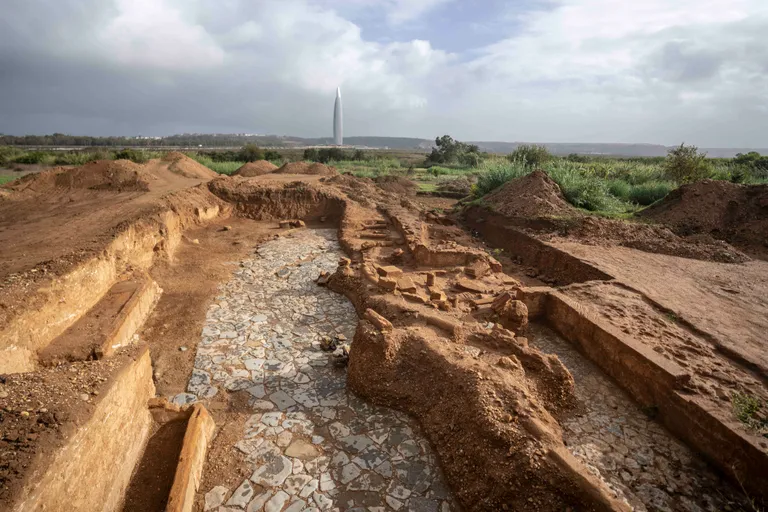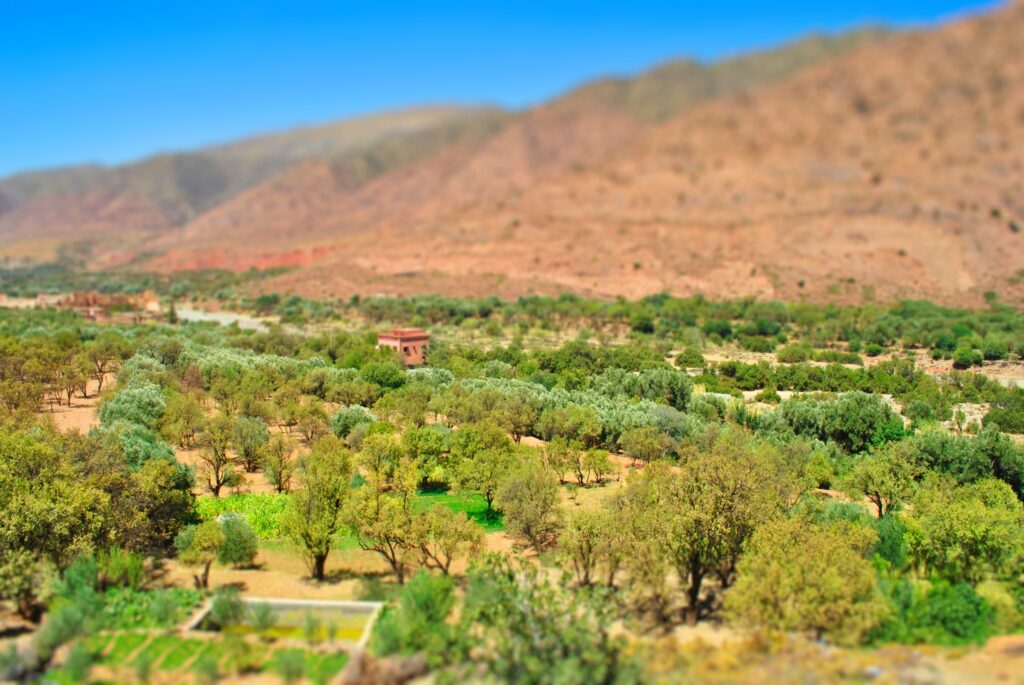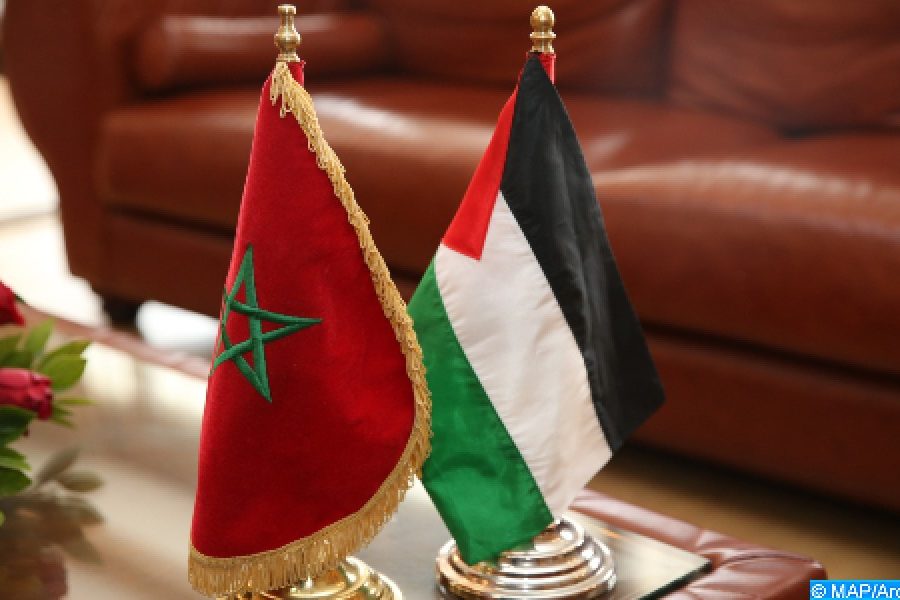A Gateway to the Past: Roman-Era Ruins Unearthed in Rabat, Morocco

The Discovery of a Roman-Era Site in Rabat, the sands of time had long kept Rabat’s ancient past buried, but a chance discovery has unearthed a treasure trove of history lying in wait below the bustling streets of Morocco’s modern capital city. During routine excavations to make way for new construction projects, archaeologists stumbled upon fragments of ornate tiles and weathered stone that piqued their interest. Further digging revealed foundations, artifacts, and architectural features that revealed this was no ordinary ruins, but an intact Roman-era settlement dating back over fifteen centuries.
What began as a small-scale excavation has now expanded into a full-fledged archaeological dig, and with each passing day more clues are uncovered about Rabat’s overlooked role in antiquity. Where busy roads once stood, the outlines of an ancient harbor town are emerging, with remnants of docks, warehouses, and even a small customs house giving shape to a vibrant trading hub. Within the warehouses’ crumbling walls, fragments of amphorae and other cargo vessels hint at the international goods that once filled these spaces. One can almost hear the din of merchants haggling over silks, spices, and wine under the watchful eyes of Roman sentinels.
Roman-Era Site in Rabat: What Has Been Found at the Archaeological Site?
Perhaps the most exquisite finding thus far has been the remains of a large public bath complex at the center of the settlement. Intricate mosaics, still bearing traces of vibrant colors even after fifteen centuries, depict mythical scenes and intricate patterns on polished tile floors. Pillars carved with images of gods and goddesses stand guard over sunken alcoves where citizens once relaxed. An intricate underfloor heating system allowed patrons to enjoy the facilities even on chilly days. Such luxury and attention to aesthetic detail provides a window into the affluence and cosmopolitan nature of Rabat’s inhabitants in Roman times.
Traces of Daily Life: Roman-Era Site in Rabatin sights from the Port District and Bath Complex

Yet perhaps the most poignant discovery was made outside the city limits – an expansive necropolis containing over a hundred individual burial plots. Names, epitaphs and funerary goods left with the dead are beginning to give a face to the people who lived in this ancient place. A tombstone bearing the name of a young mother and daughter evokes the universal grief of loss across eras. A soldier’s resting place held traces of armor and weaponry, reminding us that those long gone still had hopes, fears, and duties much like our own. These silent sentinels of the past transport us across the chasm of centuries, reminding us that beneath apparent differences lie shared threads of humanity.
As exploration of the site continues, Roman-Era Site in Rabat historians and archaeologists are gleaning new insights that challenge preconceived notions of Morocco’s history. Carbon dating and stylistic analysis has firmly placed this settlement within the classic Roman-Era Site in Rabat, between the 1st to 4th centuries AD. Its sophistication and scale suggest Rabat held greater importance in antiquity than previously believed. Examination of artifacts hints at cultural exchanges across the Mediterranean that forever altered Moroccan identity. This long-buried chapter promises to reshape our understanding of North Africa’s role within the Roman world and beyond – a discovery that will continue enriching our knowledge of shared heritages for years to come.
After over a millennium obscured by the winds of time, Roman-Era Site in Rabat past has re-emerged to illuminate the layered complexities of the nation’s heritage. Its preservation for future generations is crucial. As we continue learning the stories held within these ancient stones, we gain a deeper understanding of the shared human experience across eras. This archaeological treasure serves as an enduring symbol of history’s ability to surprise us and reshape perspectives long after facts were written in the sands.




